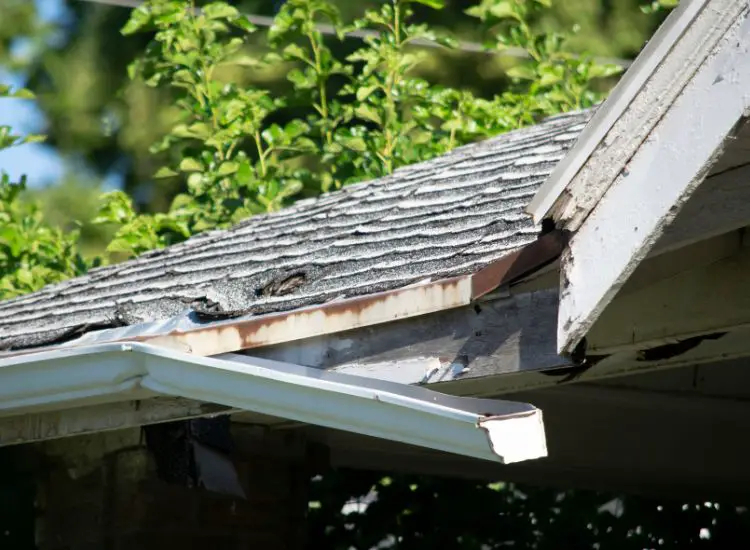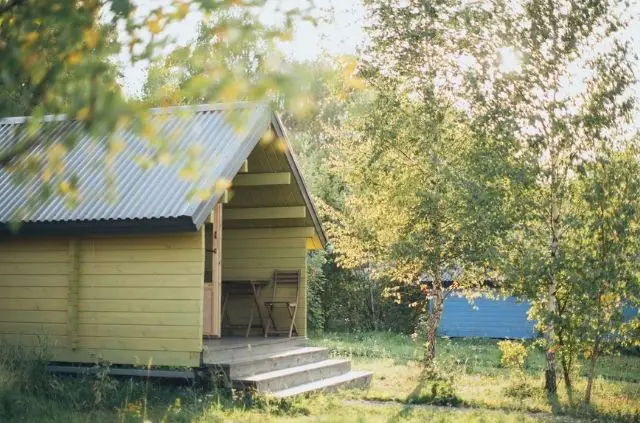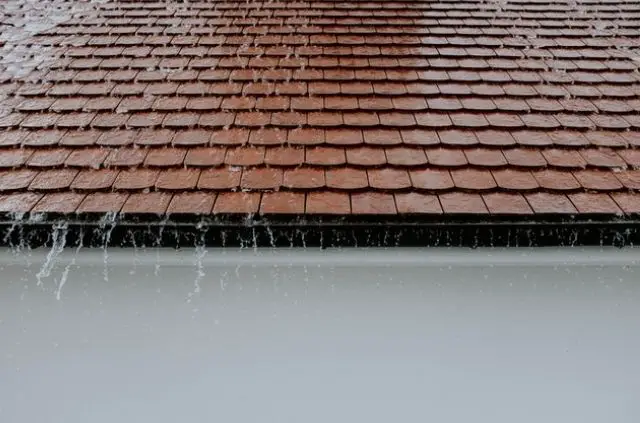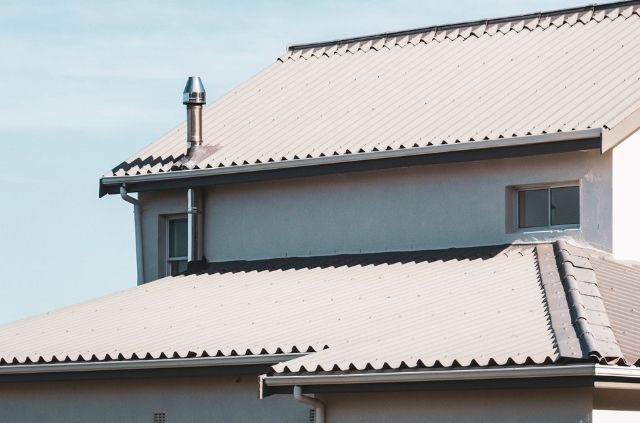Can Gutters Be Installed in Winter?
A rain gutter is an essential part to a home’s exterior. This component collects rain traveling down the roof and diverts it away from your house. It’s important to have gutters, especially if you live in an area with heavy rain. But can gutters be installed in the winter?
There’s nothing wrong with installing gutters in the winter – as long as your roof doesn’t have any snow or ice. These conditions can interfere with the installation process and you will need to wait for warmer weather. Let’s take a more in depth analysis of this project.
Why Houses Need Gutters
It’s common for most houses built today to have gutters. But why do houses need gutters in the first place? Rain water would drain off the roof and land directly on the ground below.
Problems arise when this water bounces off the surface and lands on your house. Over time this can cause damage to the siding and can even rot the wood. Additionally, heavy amounts of water can kill the grass.
Not having gutters can also lead to flooding problems. If you have a basement this type of running water will make its way to the ground floor. That’s why it’s imperative to install gutters on your house.
Ice Dams
You can run into problems when trying to install gutters with ice dams. This is when a ridge of ice forms at the edge of your roof. As snow begins to melt on your roof, water won’t be able to drain properly and will make its way inside your home.
Ice dams can develop when the roof surface temperatures continue to fluctuate. The snow will melt during the day and freeze again at night. Over a period of time this can help make the ice dam grow bigger and bigger.
If you are looking to replace your gutters in the winter, you will need to wait for this ice to completely melt first. If not, you risk damaging the shingles, roof, and even areas inside your house. So, how can ice dams cause damage?
How Ice Dams Can Damage
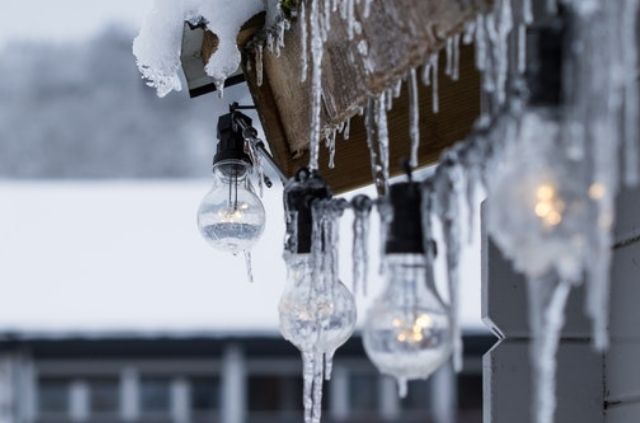
Brings in Water
When melting snow has no way off draining from your roof, it will begin to enter the house. You might not even notice this at first, which is why it can be so dangerous. The water will make its way into the attic and drip down to lower floors.
This can damage drywall, wiring, and other important materials. They will then need to be replaced, which will cost you a lot of money. Make sure to inspect your attic and the gutters during the winter to prevent this problem from happening.
Creates Mold
Anytime water enters the house it creates the risk of mold. Moisture and a lack of sunlight will create the ideal conditions for this type of organic growth. The problem is that there only needs to be a small amount of water for mold to grow.
The first step to solving this problem is to clean up and remove the mold. Once the mold has been removed you can move on to fixing the cause of the water leak. If it’s due to an ice dam your only option is to wait until the ice melts, before installing new gutters.
Can Gutters Be Installed in Winter?
If you are choosing to install gutters in the winter, make sure to pick a sunny day. You don’t want to take the chance of slipping on ice, especially when working on a ladder. This is a fairly straightforward task that can be accomplished in a few hours.
1. Preparation
Before beginning this project, you will need to gather all of the necessary supplies. Make sure to have aluminum gutters, a ladder, measuring tape, and a screwdriver close by.
It also helps to clear out the area you will be working in. Move anything that might get in your way during the process, like outdoor furniture, cars, lawn tools, or children’s toys.
It will be annoying trying to work around these objects, but you also don’t want to cause any damage to them. If you drop your tape measure for example, you don’t want a car to be parked underneath.
2. Measure the Area
It helps to measure the area before installation. You want to avoid hanging the gutters too high, as the rain will not be able to drain properly. Hanging them correctly can also prevent ice from damaging the gutters.
Begin by marking the high side with a pencil and hammer in a nail. Attach a chalk line and move down to the other end. This side should be around 1-2 inches below the high side to allow proper drainage.
When the chalk line is established you can measure the entire area to find the total length. This number will be needed when it comes time to install the gutter. Allow a little more room for the downspout.
3. Install the Brackets
Now that you have the correct gutter length, it’s time to install the brackets. Bring the gutter up the ladder and attach it to the roof with temporary screws. It helps to attach the gutter slightly below the installation point.
This will give you enough room to install the brackets. Make sure they are all on before removing the temporary screws. You can then permanently screw in the brackets once the temporary screws have been removed.
Finish up by running a downspout down to the ground. This will ensure the water will drain properly from the roof. Make sure the downspout has an elbow in order to keep water away from the house.
Final Thoughts
There’s no harm if you want to install gutters in the winter, as long as the conditions are ideal. Replacing old gutters covered in snow and ice is not recommended – as it can lead to damage and unsafe conditions.
You will have to allow the snow to fully melt before starting this outdoor project. Attempting to remove gutters with ice on them can tear up shingles on your roof. This will lead to even more problems, which is why it’s best to wait for warmer weather.
Further Reading
Search Terms
- Can gutters be installed in winter?
- How to install gutters in winter
- Can gutters be installed in winter with snow?

